Get Moving In The Morning
“Movement is life.” First, on a sheer biological level, without movement, there truly is no life. If your lungs do not move, you can not breathe. If your heart does not move, it can not pump blood through your body. When the blood cells don’t move in your body, they can not carry the much needed oxygen. And the list goes on and on. Movement is what equips our amazing and highly complex bodies to operate. So, movement is life.
So, with that said, any person has the ability to do ten to fifteen minutes of light, moderate movement to start their day. And, this is not “going to the gym for 2 hours” type of exercise. This morning exercise routine is more of a “your body has been asleep for hopefully 7 hours and needs to be primed and stretched before being able to fully function for you through the day” type of exercise.
This is an exercise that requires no equipment. It can be done anywhere, inside or outside. It has a track record of thousands of years and shares much in common with yoga but many find it less difficult and you don’t have to get on the floor!
Qi Gong is an ancient Chinese health care system that integrates physical postures, breathing techniques and focused intention to open blockages in the body based on the same meridian system used in acupuncture. The movements are fairly easy to learn and allow access to everyone. To begin to benefit from Qi Gong you do not have to be fit, you don’t have to be flexible; you don’t even have to be able to stand up. The exercises can be modified for almost anyone with patience that wants to learn.
What is Qi Gong?
Qi Gong (qigong, chi kung, chi gung) is an ancient Chinese health care system that integrates physical postures, breathing techniques and focused intention. The word Qi Gong is made up of two Chinese words: Qi (chi) is pronounced chee and is usually translated to mean the life force or vital-energy that flows through all things in the universe. And, the second word, Gong, pronounced gung, means accomplishment, or skill that is cultivated through steady practice. So, put together, Qi Gong (Chi Kung) literally means “Life Energy Cultivation.”
It is a holistic system of coordinated body posture and movement, breathing, and meditation used for health, spirituality, and martial arts training. With roots in Chinese medicine, philosophy, and martial arts, Qi Gong is traditionally viewed as a practice to cultivate and balance qi (life energy). Therefore, it is a system practiced for health maintenance, healing and increasing vitality.
According to Taoist, Buddhist, and Confucian philosophy, Qi Gong allows access to higher realms of awareness, awakens one’s “true nature”, and helps develop human potential. This powerful system of exercise, has been practiced for centuries by millions of Chinese people, and is now practiced worldwide for recreation, exercise and relaxation, preventive medicine and self-healing, alternative medicine, meditation and self-cultivation, and training for martial arts.
Qi Gong practice typically involves moving meditation, coordinating slow flowing movement, deep rhythmic breathing, and calm meditative state of mind. It is based on repetitions of very precise sets of movements, specifically designed to benefit health on many different levels. Some common Qi Gong movements include raising and lowering the arms, moving the head from side to side, and gently rubbing the ears, feet, and hands.
The Benefits of Qi Gong
Sometimes Qi Gong is called a moving meditation in which the mind and body are led to a state of balance and equilibrium also known as homeostasis. A Harvard medical publication said it should also be called “moving medication.” The advantages of improving strength, flexibility and balance are pretty obvious but the advantages of peace that comes from the moving flowing meditative aspect of Qi Gong is equally important.
When the body is in a state of balance all the systems work better.
Much of the tendency to this internal balance is happening all of the time totally out of our awareness. With very little conscious input from us, our bodies are working to keep us in a state of homeostasis, that is, everything just so. The fight-flight reaction vs. the relaxation response is an example of the body tending toward homeostasis.
But in our stressed out world many of us are living in a continuous state of stress without even being aware of it. Without practice the relaxation response doesn’t always occur. Qi Gong can help us return to homeostasis and the relaxation response.
In addition to our tendency to stress there is a second profound tendency to move less as we develop physical limitations. Often the two occur together but either alone can lead to a downward spiral.
The health benefits from Qi Gong comes about both by supporting the body’s natural tendency to return to balance and equilibrium and also gently yet profoundly creating strength, flexibility and balance in the muscles and joints through gentle flowing movements. This is the winning combination: body and mind. The physical and mental practice continuously supports the return to balance.
The Eight-brocade Exercise (Ba Duan Jin)
The Eight-brocade Exercise (Ba Duan Jin) is a simple sequence of movements, appropriate for almost anyone. Unlike more advanced Qi Gong practices, it can be learned from a book. The complete set of movements only takes five to ten minutes to do and helps to release blockages along all twelve meridians.

This 800-year old exercise, which the ancients likened to beautiful brocade, consists of eight sections, is very popular among the Chinese people. There are different postures such as sitting or standing; each section can be practiced on its own and each targets a specific organ or health need. The whole set of movements are fine and delicate with moderate intensity. The movements can vary greatly according to different schools of practice; the following is the most important and widely practiced protocol.
Prepare yourself by standing naturally with feet shoulder-width apart, and the hands hanging by both sides. Be calm, focused and let the body relax and the breathing natural.
- Two Hands Hold up the Heavens
Raise both hands above the head with the palms facing upward, as if holding up the heavens. The eyes should follow the hands over the head. Stretch up on the toes and hold the posture for a few seconds before gently returning to the starting position. Inhale through the nose while bringing the arms up, and exhale through the mouth when bringing the arms down. Repeat the procedure six times.
This section is said to benefit the triple burner, which is the passage for water, nutrients and fluid throughout the body. This exercise activates the fluid flowing in it and ensures proper nourishment throughout the body.
- Draw a bow like shooting a hawk
Separate the legs and bend the knees, with half-clenched fists in front of the chest. Draw the hands up and pull as if drawing a bow to the right; extend the limbs fully; then repeat on the left side. The eyes should follow the trajectory of the imaginary arrow at all times. Inhale through the nose while drawing the arms up, and exhale through the mouth when bringing the arms down. Repeat the whole procedure six times.
This section is said to benefit the lungs by expanding the chest and exercising the muscles of the upper body.
- Separate Heaven and Earth
Standing naturally with arms bent at the elbows, let the palms face upwards and the fingertips touch each other. Raise the hands and turn the palms downwards; then draw the right hand up with the palm facing upward; the left hand moves downward with the palm facing down. When the arms are extended, straighten the legs. Exhale through the nose when both hands are in front of the chest, and inhale through the mouth when the arms are apart. Repeat the whole procedure six times.
This section is said to regulate the spleen and stomach by the lifting and lowering actions. It contributes to the ascending of spleen-qi and the descending of stomach-qi, thus promoting the digestive functions.
- Wise Owl Gazes Backwards
Inhaling while slowly turning the head to the right side as far as possible, look back as much as possible, then exhale and return to the original position. Repeat on the left side as one complete procedure and repeat six times.
This section is said to benefit those with consumptive disease and injuries by enriching the essence and blood, calming the mind and promoting organ functioning.
- Sway the Head and Shake the Tail
Prepare by squatting down halfway with feet apart and the palms on the thighs. Look down and lean the upper trunk forward, exhaling while swinging the head to the left and swinging the buttocks to the right; inhale while returning. Switch directions and repeat the cycle six times.
It is said that swaying the head can send down heart-fire while swinging the buttocks causes the kidney-yin to ascend to meet the heart-fire; it lets both organs mutually complement each other.
- Two Hands Hold the Feet
Bend over slowly and touch your toes keeping the legs straight; keep the head up slightly. Then place the hands on the lower back and bend backward and stretch as far as you can. Inhale through the nose at the start of the bend and exhale through the mouth at the end. Repeat the whole procedure six times.
This section can reinforce the kidneys and strengthen the waist and the knees. The kidneys are the source of all energy in the body and are located near the waist; constant practice benefits the function of all the other organ systems as well.
- Punch With Anger
Take a horse-riding posture; the hands are tightly clenched with palms facing upwards at waist level. Punch with the palm side downward and draw back with alternative arms; imagine pent-up anger being released through the punch. Inhale through the nose and exhale through the mouth.
This section is said to strengthen the muscles of the whole body.
- Bouncing on the Toes
Interlock the hands and put them behind the neck and extend the neck backward while the hands draw forward; stretch up on the toes and hold the posture for a few seconds before gently returning to the starting position. Exhale while lifting on both heels; inhale while returning.
This is a push upward from the toes with a small rocking motion on landing. The gentle shaking vibrations of this piece is said to “smooth out” the qi after practice of the preceding seven pieces. Repeat six times.
This section is said to enhance the protective qi and promote resistance. The Bladder Meridian, which governs the surface of the whole body, passes through the neck. The movements promote the smooth flow of protective qi and secure the striae on the body surface.
Sources:
- Radical Self Care Project Overview by shirleytwofeathers - No Comment
- Radical Self Care Image Gallery by shirleytwofeathers - No Comment
- It’s A Wrap by shirleytwofeathers - 3 Comments
- Something To Consider by shirleytwofeathers - 1 Comment
- Nurturing Your Precious Self by shirleytwofeathers - 3 Comments
B. Joy Barrett: beautiful-turquoise-upholstered-accent-chair-for-living-room-with-within-colorful-accent-chairs-colorful-accent-chairs-transforms-the-look-of-a-room
Claudette Losier: Why Does It Work?
me: Make Your Own Violet Fire
Abdulrahman: Money Chant – Very Fast
Shirley Twofeathers: It’s A Wrap
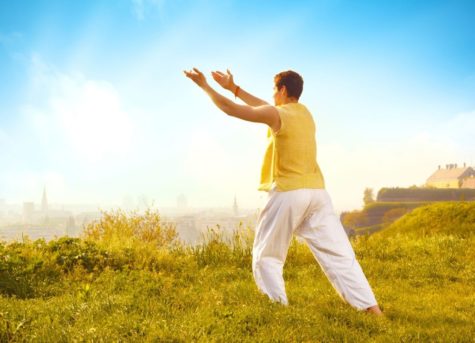
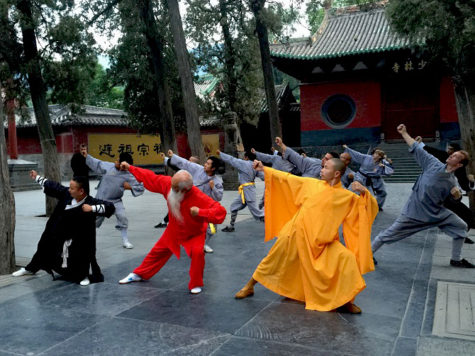
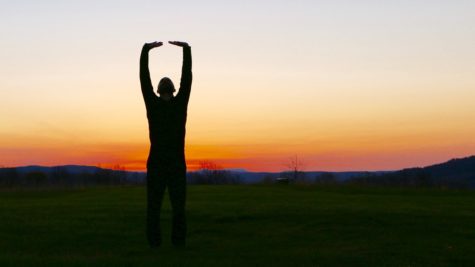

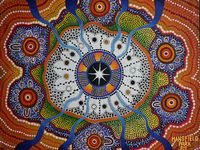

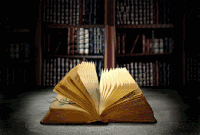
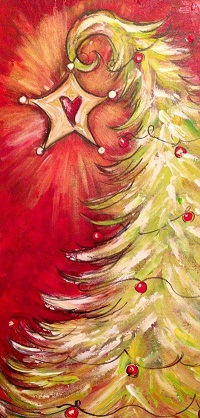
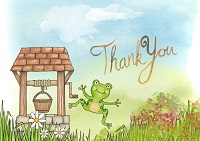
Leave a Reply